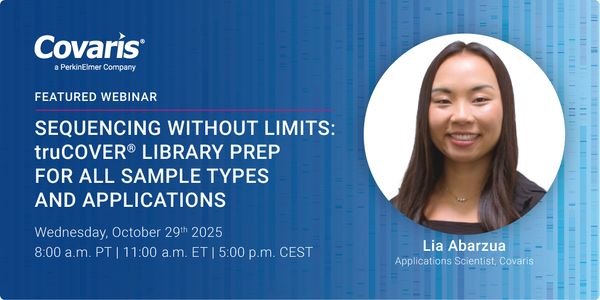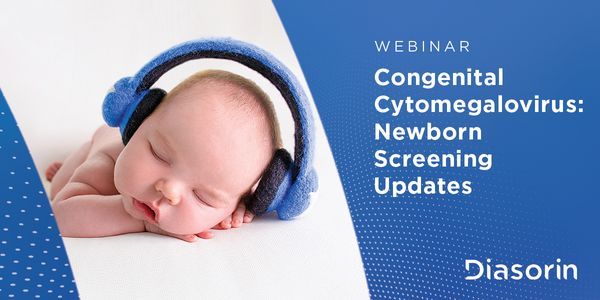Development of Capture Sequencing Assays for Enhanced Detection and Genotyping of Tick-borne Pathogens and Infectious Vertebrate Viruses
Early detection is critical for prompt and effective treatment of acute infectious diseases. For tick-borne diseases (TBD), the lack of accurate early diagnosis can result in delayed treatment, augment morbidity, and increase the likelihood of developing persistent symptoms. For diagnosis of Lyme disease, the low sensitivity of molecular assays in the majority of clinical presentations has prevented their extensive implementation as an effective diagnostic tool. Serology remains the primary means of diagnosis for Lyme disease and the majority of TBD. TBDCapSeq is a sequencing assay that uses hybridization capture probes that cover the complete genomes of the eleven most common tick-borne agents found in the United States. We evaluated the performance of TBDCapSeq to surveil samples that included human whole blood, mouse tissues, and field-collected ticks. For Borrelia burgdorferi and Babesia microti, the sensitivity of TBDCapSeq was comparable and occasionally exceeded the performance of agent-specific quantitative Polymerase Chain Reaction (PCR) and resulted in 25 to > 10,000-fold increase in pathogen reads when compared to standard unbiased sequencing.
Current virus diagnostic assays that are commonly based on PCR assays targeting one or a few specific agents are limited in scope, may fail to detect virus variants and provide only limited genotypic information. Our assay VirCapSeq-VERT addresses many of the current challenges of PCR and sequencing for diagnostics and virome analysis. The sensitivity and specificity of the VirCapSeq-VERT are comparable to those of agent-specific real-time PCR.
Learning Objectives:
1. Limitations of microbial diagnostic molecular assays for genomic and pathogenesis studies of tick-borne and viral agents.
2. Offer valuable new insights into our understanding of tick-borne and viral diseases by facilitating analysis of previously challenging specimens using standard sequencing.






